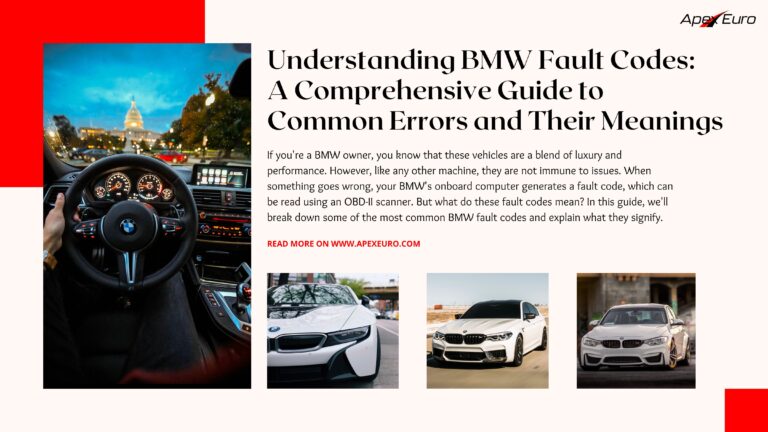If you’re a BMW owner, you know that these vehicles are a blend of luxury and performance. However, like any other machine, they are not immune to issues. When something goes wrong, your BMW’s onboard computer generates a fault code, which can be read using an OBD-II scanner. But what do these fault codes mean? In this guide, we’ll break down some of the most common BMW fault codes and explain what they signify.

BMW fault codes are alphanumeric codes generated by the vehicle’s onboard computer, also known as the Engine Control Module (ECM). These codes help technicians and vehicle owners identify specific issues affecting the car’s performance or functionality.
To read BMW fault codes, you’ll need an OBD-II scanner. Here’s how to do it:
Understanding BMW fault codes can save you time and money by allowing you to identify issues before they become severe problems. Always consult your vehicle’s manual or a certified BMW technician for a comprehensive diagnosis. If you found this guide helpful, don’t forget to share it with other BMW owners. For more in-depth information on BMW fault codes, stay tuned for our upcoming articles.